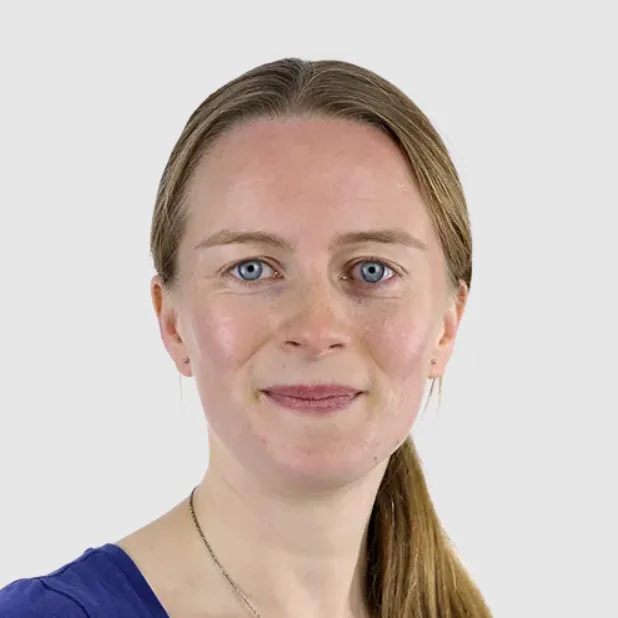Citation
Overview
New research led by BTO scientists has examined the effect of food supplies on Oystercatchers in Wales, showing how populations are affected by the availability of prey species, and underlining the importance of alternative foraging areas close by.
In more detail
Oystercatcher numbers are declining in the UK, in line with the trends for wader species globally, and with ever greater anthropogenic changes to wader habitats, it is vital we understand the processes driving population change if we are to take effective conservation action. This study used data from the Wetland Bird Survey (WeBS) and ringing to assess the effect of Cockle availability on wintering Osytercatcher numbers in south Wales. Cockles are an important prey species for Oystercatchers and other wader species, leading to competition for this food resource with humans, who commercially fish Cockles and other shellfish. Burry Inlet in south Wales formerly had a highly productive Cockle fishery, but in 2004 numbers crashed, with larger, older Cockles especially affected. Smaller Cockles have since gradually become re-established, but larger Cockle stocks have yet to recover. Burry Inlet is also a Special Protection Area for birds.
Following the 2004 crash, the number of Oystercatchers recorded during WeBS counts on Burry Inlet fell, but there was an increase in birds counted in the neighbouring Three Rivers Estuary, part of the Carmarthen Bay Special Area of Conservation, suggesting some Oystercatchers simply moved from one site to the other. Data from ringing also showed an apparent reduction in survival of Oystercatchers using Burry Inlet in years of low Cockle biomass. The fact that Oystercatchers were able to move to a nearby site, where Cockle harvesting had been capped due to regulations associated with the area’s protected status, shows the importance of having resilient networks of protected areas. Such networks can buffer fluctuations in the suitability of individual sites to particular species. The study also underlines the importance of long-term monitoring in accurately understanding the effects of incidents such as the Burry Inlet Cockle crash, allowing for optimal management of both protected area networks and fishery practices.
Count data were collected by volunteers taking part in Wetland Bird Survey (WeBS), with enhanced low tide coverage and supplementary counts funded by the Countryside Council for Wales (CCW, now National Resources Wales: NRW) and our thanks go to all those who contributed to the counts. WeBS is a partnership between the British Trust for Ornithology (BTO), the Royal Society for the Protection of Birds and the Joint Nature Conservation Committee (JNCC) (the last on behalf of the statutory nature conservation bodies: Natural England (NE), NRW, Scottish Natural Heritage (SNH) and the Department of Agriculture, Environment and Rural Affairs (DAERA), Northern Ireland) in association with the Wildfowl and Wetlands Trust. Huge thanks to Graham Couchman and other ringers who’ve helped collect the ringing data, to SCAN Ringing Group for the loan of the equipment, to Rob Robinson for incisive advice on the analyses, and the BTO’s Ringing Unit (especially Dorian Moss and Jacquie Clark), Steve Ormerod, John Bonell and Chris du Feu for their help in collating, inputting and checking the data. The BTO Ringing Scheme is funded by a partnership of the BTO, JNCC (on behalf of NE, NRW, SNH and DAERA), the National Parks and Wildlife Service (Ireland) and the ringers themselves. Data on cockle biomass and spat numbers were collected and provided by National Resources Wales, their contractors and by the Centre for Environment, Fisheries & Aquaculture Science and our thanks to Sian Jenkins-Hughes, Karen Vanstaen, Melvin (Vinny) Smith and Richard Stillman at the University of Bournemouth, for providing these and Sian Whitehead and colleagues for establishing these datasets in Wales. The study was funded by CCW (now NRW). The authors would also like to thank the editor Dr Elliott and three anonymous reviewers for their helpful comments and suggestions on the draft manuscript.
Abstract
With coastal wader populations exhibiting long-term declines globally, understanding how they respond to changes in their preferred prey is important for future predictions, especially given the potential for warming seas to affect invertebrate populations. The cockle Cerastoderma edule population in the Burry Inlet Special Protection Area (SPA) in south Wales, UK, declined from 1997−2004 before an abrupt ‘crash’ in stocks between 2004 and 2010. While there has been some recovery since, stocks of larger cockles are still very low. Using survey data from the UK Wetland Bird Survey and analyses of apparent survival and biometrics from ringing, we investigated how the Burry Inlet SPA’s wintering Eurasian oystercatcher Haematopus ostralegus population responded to this crash. Our analysis showed that both body condition and apparent survival of wintering adult oystercatchers were reduced in the years following the cockle crash but both recovered. The number of birds using the Burry Inlet SPA decreased through the course of the cockle stock decline whilst numbers of birds in the adjacent Carmarthen Bay increased, indicating the importance of adjacent sites for buffering the effects of such changes, i.e. protected secondary habitats can be a vital component of a resilient site network. Our findings are useful in understanding how a predator copes with a serious decline in its preferred food stocks. This study has wide applicability in planning the management of coastal wetlands and shellfisheries as well as the design of resilient protected area networks in the light of environmental change.



